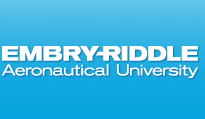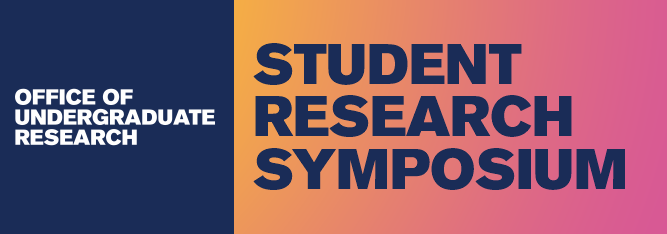Is this project an undergraduate, graduate, or faculty project?
Undergraduate
individual
What campus are you from?
Daytona Beach
Authors' Class Standing
Stefani Capasso-Villanueva
Lead Presenter's Name
Stefani Capasso Villanueva
Faculty Mentor Name
Alba Chavez
Abstract
Understanding the adaptation of microbial organisms in unique environments such as space is crucial for assessing potential risks during long-term space missions. In this study, we investigated the virulence phenotypes of four yeast strains isolated from the International Space Station (ISS): *Candida albicans*, *Candida laurentino*, *Candida parapsilosis*, and *Rhodotorula mucilaginosa*. Comparative analysis was performed between these space-adapted strains and their Earth-based counterparts. Virulence assessments included measurements of antioxidant capacity, biofilm formation, filamentation, and pathogenicity through *Caenorhabditis elegans* (C. elegans) killing assays. Our findings revealed a significant increase in virulence phenotypes among the ISS-derived strains compared to those isolated from Earth. The ISS strains demonstrated heightened antioxidant activity, suggesting an adaptive response to the oxidative stress conditions present in the space environment. Enhanced biofilm formation and filamentation were also observed, indicating a greater potential for colonization and invasion in host environments. Additionally, C. elegans killing assays revealed increased pathogenicity in the space strains, with higher mortality rates in worms exposed to these isolates. The results suggest that the space environment, characterized by microgravity, increased radiation, and confined conditions, may select for yeast strains with heightened virulence traits. These adaptations could pose a potential risk for infection during space missions, emphasizing the need for further research into microbial behavior in space. Our ongoing studies aim to uncover the genetic and molecular mechanisms underlying these phenotypic changes, providing insights into microbial adaptation and informing strategies for microbial risk management in spaceflight environments.
Did this research project receive funding support from the Office of Undergraduate Research.
Yes, SURF
Out of This World: Comprehensive Analysis of Space Condition on Skin Mycobiome
Understanding the adaptation of microbial organisms in unique environments such as space is crucial for assessing potential risks during long-term space missions. In this study, we investigated the virulence phenotypes of four yeast strains isolated from the International Space Station (ISS): *Candida albicans*, *Candida laurentino*, *Candida parapsilosis*, and *Rhodotorula mucilaginosa*. Comparative analysis was performed between these space-adapted strains and their Earth-based counterparts. Virulence assessments included measurements of antioxidant capacity, biofilm formation, filamentation, and pathogenicity through *Caenorhabditis elegans* (C. elegans) killing assays. Our findings revealed a significant increase in virulence phenotypes among the ISS-derived strains compared to those isolated from Earth. The ISS strains demonstrated heightened antioxidant activity, suggesting an adaptive response to the oxidative stress conditions present in the space environment. Enhanced biofilm formation and filamentation were also observed, indicating a greater potential for colonization and invasion in host environments. Additionally, C. elegans killing assays revealed increased pathogenicity in the space strains, with higher mortality rates in worms exposed to these isolates. The results suggest that the space environment, characterized by microgravity, increased radiation, and confined conditions, may select for yeast strains with heightened virulence traits. These adaptations could pose a potential risk for infection during space missions, emphasizing the need for further research into microbial behavior in space. Our ongoing studies aim to uncover the genetic and molecular mechanisms underlying these phenotypic changes, providing insights into microbial adaptation and informing strategies for microbial risk management in spaceflight environments.


